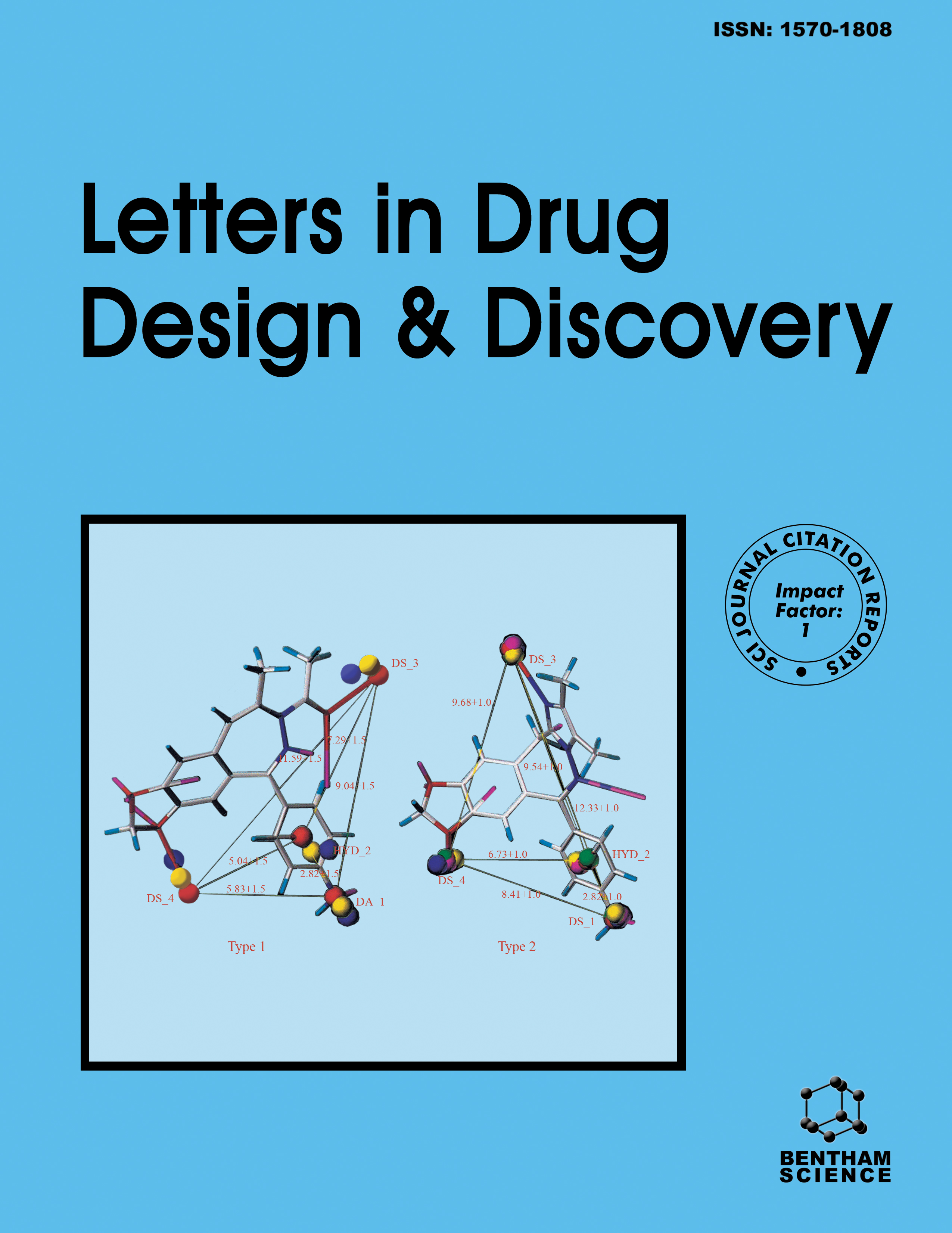
Full text loading...
We use cookies to track usage and preferences.I Understand
The clinical applications of platinum-based anticancer drugs are largely compromised by side effects and drug resistance. Therefore, novel platinum-based anticancer drugs with improved injected or oral therapeutic index and low resistance need to be developed.
This study aimed at the synthesis and anticancer activity testing of Pt(IV) prodrugs containing α-furancarboxylate as an axial ligand. This would pave the way for obtaining novel Pt(IV) prodrugs with better anticancer activity by comparing the anticancer activity with their parent platinum(II) complexes.
In this study, synthesis, in vitro cytoxicity assay, and in vivo anticancer activity evaluation of three Pt(IV) complexes, cis,trans,cis-[Pt(NH3)2(OH)(α-furancarboxylato)Cl2] (FPt-1), cis,trans,cis-[Pt(NH3)2(OH)(α-furancarboxylato)(1,1'-cylobutanedicarboxylato)] (FPt-2), and cis,trans,cis-[Pt(1R,2R-diaminocyclohexane)(OH)(α-furancarboxylato)(C2O4)] (FPt-3), were carried out.
Three Pt(IV) complexes exhibited considerable cytoxicity against the tested human cancer cells (MCF-7, A549 and HCT116), which was found to be slightly lower than the corresponding Pt(II) drugs. However, FPt-1 and FPt-3 displayed comparable antitumor efficacy to cisplatin and oxaliplatin in the murine S180 sarcoma model after intraperitoneal administration. More importantly, the intragastric administration test indicated the antitumor efficacy of FPt-3 to be much greater than oxaliplatin.
FPt-3 has shown excellent oral antitumor activity and it could be administrated in an oral dosage form.

Article metrics loading...

Full text loading...
References


Data & Media loading...
Supplements

